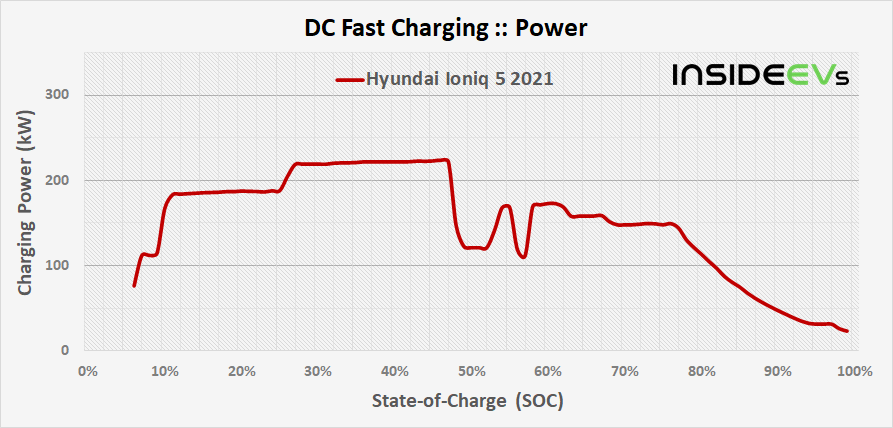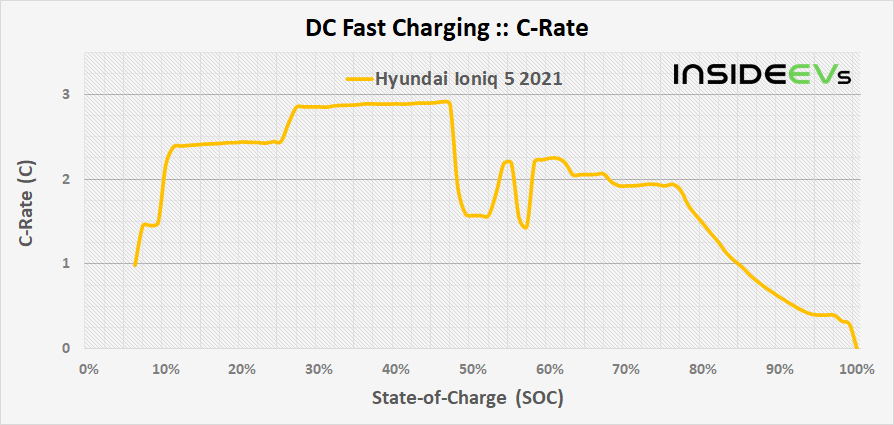danrjones
Well-known member
voltamps said:I agree with those above essentially saying the Kona has awkward, but not "ugly" styling. The old Ioniq (not the new Ioniq5) & the Niro have always been OK, conservative styling. I think the recent Soul styling updates make it look kinda cool. All subjective of course.
As for the real topic of this thread, the Ioniq 5 (and it's cousin the Kia EV6) looks very cool. Most would agree with me on that. Pre-orders have already proven this to be true.
The Ariya will compete directly with all the new stuff coming out. It looks good too, so the market is getting competitive. Plenty of nice EVs coming out.
I like all of them, but styling is always very personal... mostly.
To me the Ariya is a bit bulbus, which isn't bad, but I can't help thinking its targeted more toward the traditional (aka older) folks while the kia and Hyundai are looking for the younger folks. YMMV.


